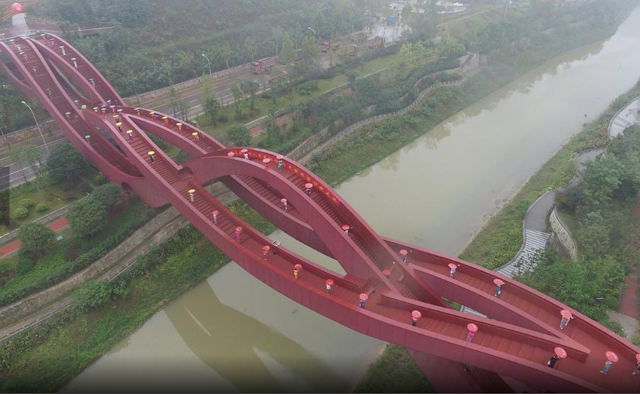Above, Troger's Restaurant, which was located on the south side of 155th St. at Edgecombe Ave. touted itself as the coolest place in Washington Heights. It was located over by the Speedway near the High Bridge. It was built in 1898 and they eventually had seating for 500 patrons. We have no record of when they closed.
Above, Harlem River Drive at West 155 St., Washington Heights. Published in Leslie's Weekly in 1900.
Opening day of the "Speedway," Edgecombe Ave at W 155 St. along the Harlem River, what would become Harlem River Driveway. In the right lower corner is The Polo Grounds III stadium also known as Brotherhood Park where the New York Giants played before moving to San Francisco. The area above the stadium was and is still known as Coogan's Bluff or Coogan's Hollow.
How Harlem River Speedway Became Harlem River Drive.
Before it was called the Harlem River Drive, the parkway running north and south along the west bank of the Harlem River was called the Harlem River Speedway. Construction began in 1894, and the speedway opened in July of 1898.
It stretched from 155th St. to Dyckman Street in Inwood. At first, use of the speedway was restricted to equestrians and carriage drivers. This pleased the wealthy, who worried that sharing the road with other vehicles would ruin their good time. In advance of the speedway’s opening, a New York Times headline from May 15, 1898 announced: “No Danger that Bicyclists Will Mar the Horsemen’s Sport on the Speedway. THEY ARE EXCLUDED BY LAW.” The speedway became a tourist destination where people could watch horse and boat races, visit Highbridge and Fort George Amusement Park, and enjoy the scenery along the Harlem River. Some New Yorkers were unhappy that tax dollars were used to build an exclusionary road. As Charles C. Sargent, Jr., noted in his article “A Horseman’s Paradise” in the November 1898 issue of Munsey’s Magazine, “For the men – a few hundred at most – who own fast horses and want to ‘try them out,’ the sapient rulers of New York have spent in making the Speedway money that would have built thirty school houses, and would have provided twice over for the twenty five thousand children turned away last September from the overcrowded primary schools of the metropolis.”
It was not until 1919 that the Harlem River Speedway was opened to motorists. Three years later, it was paved.





